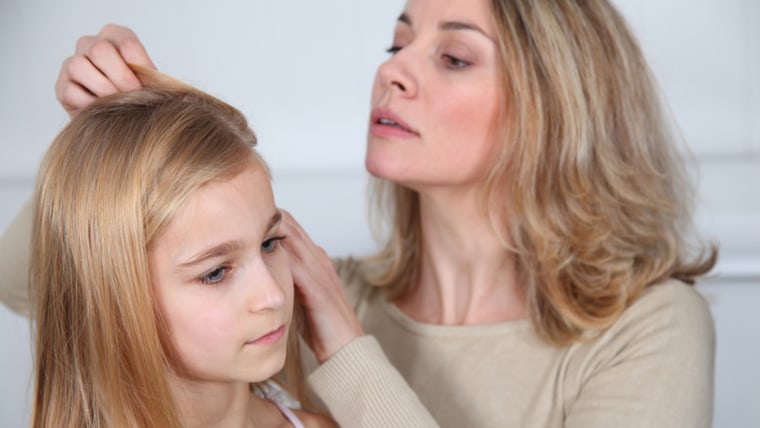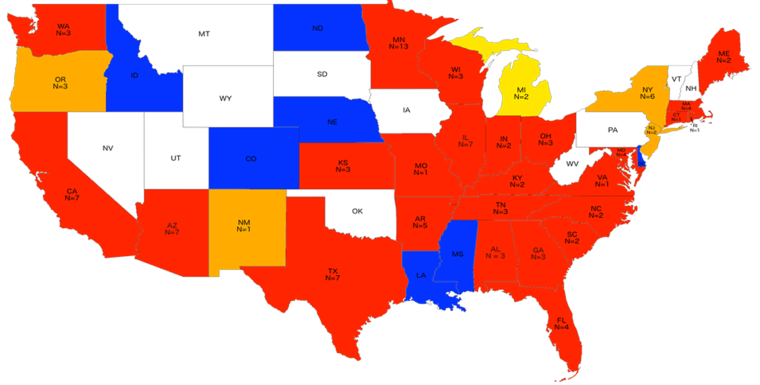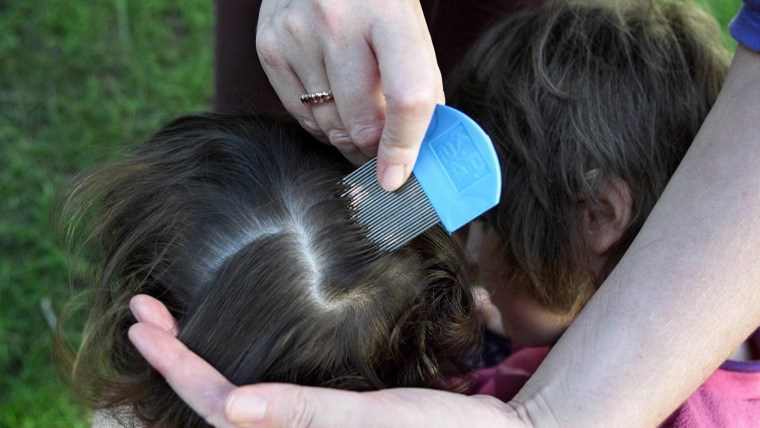As many parents know, kids are increasingly bringing home some very unwanted guests — head lice. The pesky parasites are now a much worse problem than in years past, with strains resistant to most common treatments found in at least 25 states.

Lice — and other insects — are increasingly becoming resistant to pyrethroids, the active ingredients in most OTC concoctions, according to Kyong Yoon, an assistant professor at Southern Illinois University—Edwardsvillle. Yoon was part of the research team that initially discovered the new ultra-resistant strains, publishing their results in August, 2015.
Yoon and his colleagues wanted to know how widespread these resistant strains were.
“We collected 109 lice populations and 104 had high levels of gene mutations,” Yoon reported at the annual meeting of the American Chemical Society in August.

Pyrethroids, which are synthetic versions of a chemical found in chrysanthemums, lock onto receptors in insect nervous systems, paralyzing the creepy crawlies and eventually killing them.
You're going to need a bigger dose
But over the years, Yoon said, lice have evolved in such a way that the chemicals no longer fit neatly into the receptors, thereby squashing the chemical’s bug-killing ability.

The finding doesn’t mean you can’t kill lice with pyrethroids, Yoon said. But you will need a higher dose.
Pediatric dermatologist Dr. Robin Gehris says despite the finding, she still believes in OTC treatments. While they may be somewhat less effective, they still work much of the time, she said.
In some cases, the treatments don’t do a thorough job because parents don’t use them as directed.
If you’re using an OTC treatment, be sure to apply it a second time five to seven days later, Gehris said. Some therapies don’t kill all the eggs the first time, and those survivors will hatch about a week later.
Also, be sure to leave the treatment on long enough.
Sometimes therapies fail because they’re rinsed out too soon, Gehris said. “You want to leave it on overnight with a shower cap,” she added. “A common reason for failure is that the children don’t like the smell and want to wash it off soon.”
If your child still has lice after all that, you may need to see your pediatrician to get a prescription for one of the treatments that lice haven’t yet become resistant to, Gehris said.
Home remedies fail?
As for home remedies, there’s no evidence that any work, Gehris said. She traces their popularity to advice given by a multitude of school nurses.
“Olive oil, mayonnaise, Vaseline, these are all treatments I wouldn’t recommend,” she said. “But I hear school nurses recommending them all the time.”
Yet, Gehris doesn’t completely reject those therapies. “If you want to use mayonnaise as an adjunct, I’m OK with that,” she explained. “Theoretically, it could work if you put it on thickly enough that the lice aren’t able to breathe. But it’s hard to imagine that you could get it on thickly enough to really do the trick.”
Nit picking doesn't work?
And bad news for parents who rely solely on “nit pickers,” or commercially available fine-toothed combs — there’s no evidence suggesting combs are successful, said Dr. Bernard Cohen, a professor of pediatrics and dermatology at the Johns Hopkins Children’s Center. “There have been a couple of nice studies showing that nit picking doesn’t really work,” he said.
Hot air therapy may appeal to parents who don’t want to treat their kids with chemicals, Cohen said, adding the Food and Drug Administration has approved devices for this purpose. The downside, he said, is children need to be under heat for 30 minutes or so.
No hair, no lice
Ultimately, if nothing else works, there’s one last option that is proven to be 100 percent effective — even if kids generally hate it, Cohen said. “That’s what I would call ‘destruction of habitat,’” he explained. “If you destroy an organism’s habitat, then they are dead meat.”
What he’s suggesting, in plain English, is shaving the child’s head. No hair, no lice.
This story was originally published in August.